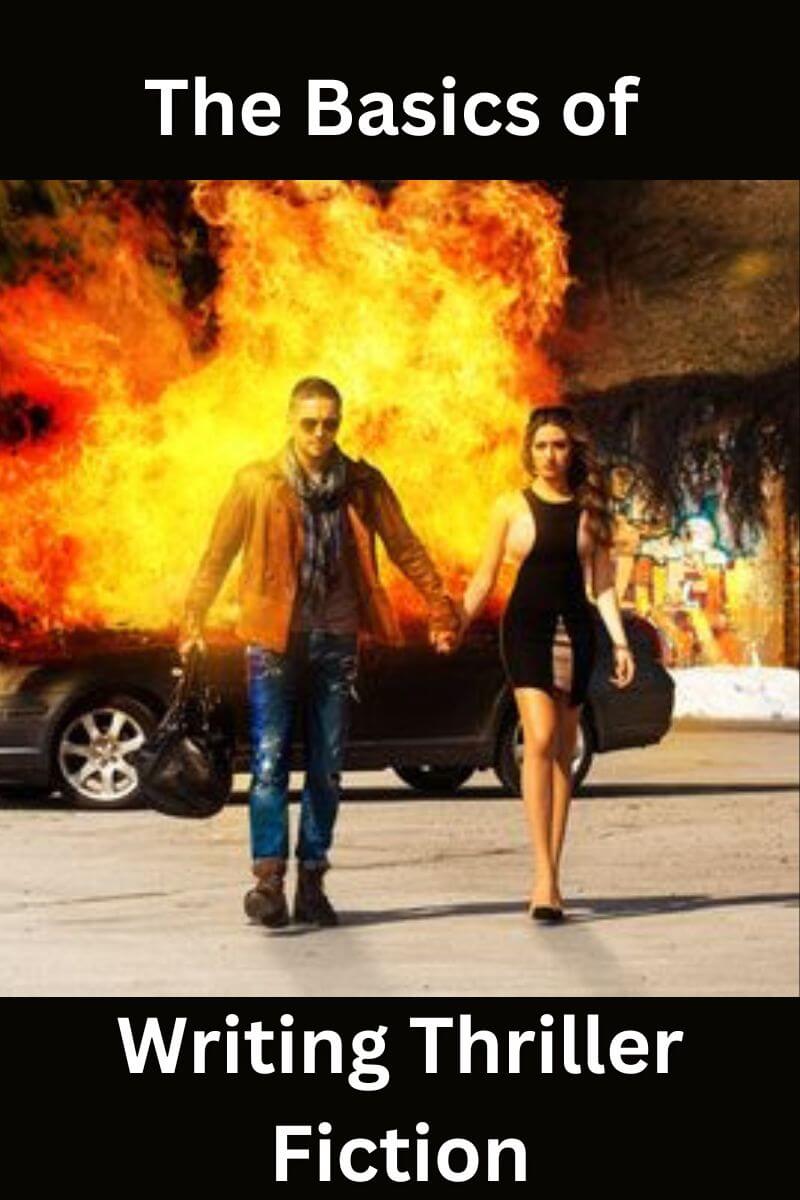How does Dramatica theory apply to "Snow White and the Seven Dwarfs"?
Question: I'm thinking of writing a Snow White retelling and am interested in seeing how Dramatica applies to it, but couldn't find an analysis of either the Grimms' original fairy tale or Disney's 1937 film on the Dramatica website. How would you apply Dramatica to the story of Snow White?
Answer: It's been a while since I read Snow White, but here are some thoughts in case they help...
One of the most useful things about Dramatica is that it points out missing elements in a story that could be developed to increase its emotional impact.
Snow White, at least Grimms' version, is what Dramatica would call a tale rather than a story. By that I mean it, like most tales, presents an external conflict only. This external story concerns the evil Queen's various attempts to murder Snow White, for which she is ultimately punished.
What's missing in a tale are the subjective throughlines which would generate the inner conflict required for a complete story. Snow White, as the main character, is not pressured to change. She remains gullible throughout. There is no impact character offering her an alternative approach.
If you are writing an adaptation of Snow White, one of the first things Dramatica would suggest would be to develop the subjective story in which Snow White wrestles with her inner conflict and makes a crucial decision whether or not to change that then determines the outcome of the story.
There are several characters who might be developed into an impact character who could show Snow White another way. These include the Queen, the dwarves, the huntsman, or the Prince. Or you could create a new character to fulfill this role.
Next, you would look at the overall story as it stands and see what else might be developed.
It appears that the Queen is the protagonist, pursuing the goal of maintaining her status as the fairest. Snow White would be the antagonist trying to prevent this (as well as the main or
The requirements appear to be murdering Snow White. Forewarnings might be how everyone who meets Snow White seems to fall in love with her (the huntsman, the dwarves, and the Prince). Prerequisites may be the various poisoned devices the Queen prepares. A preconditions may be that the Queen has to keep disguising herself to get close to Snow White. Costs might include whatever price the Queen must pay when resorting to black magic, or the hardships Snow White endures. Dividends might be the friendship Snow White earns from the dwarves. (You are, of course, free to play with these, especially if you are using Dramatica software.)
As for the other archetypal characters, the dwarves seem available to step into some of these roles. Grumpy in the Disney version was a Skeptic. I dimly recall others serving as Reason, Emotion, and Sidekick characters. The huntsman seems to be a Contagonist, giving in to temptation and delaying the murder.
The drivers or major turning points of the story appear to be the various murder attempts. There are four in Grimms' version, plus the final driver in which the Queen is killed. Five is the standard number of drivers in a four-act structure.
The story features an optionlock, in that the Queen gradually runs out of ways to attempt murder without exposing herself until she is exposed at Snow White's wedding, and receives her punishment.
Of course, with any adaptation, you have to decide what themes you want to develop or emphasize in your version of the story. The original was about vanity, a child's fear of an angry mother figure, and an older woman's fear of being replaced by a younger rival for her husband's affection (there may be a subconscious incest fear going on as well re: the father). But you are free to take the story in a direction that means more to you.
- Home
- Plot Questions
- How does Dramatica theory apply to "Snow White and the Seven Dwarfs"?











